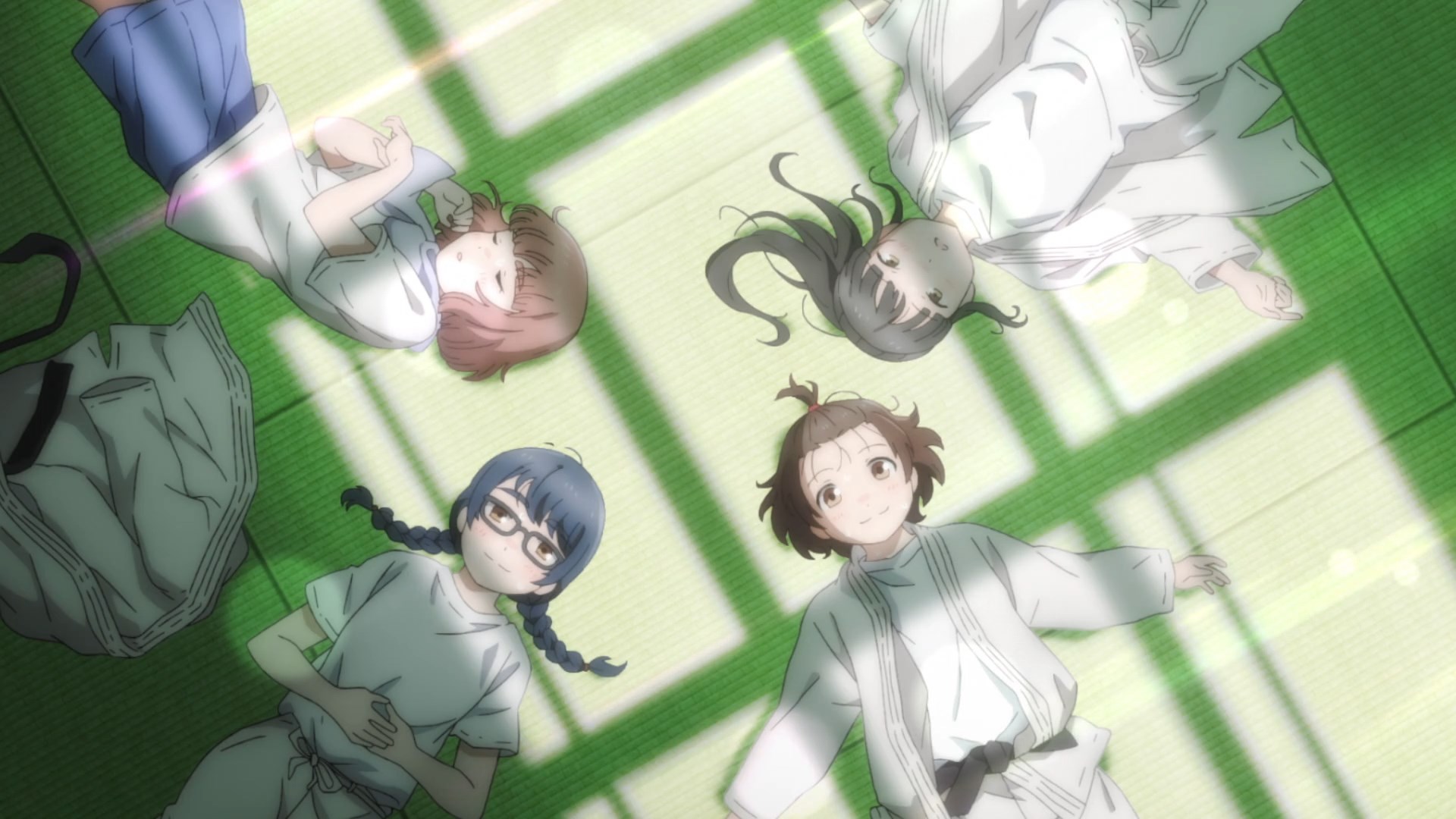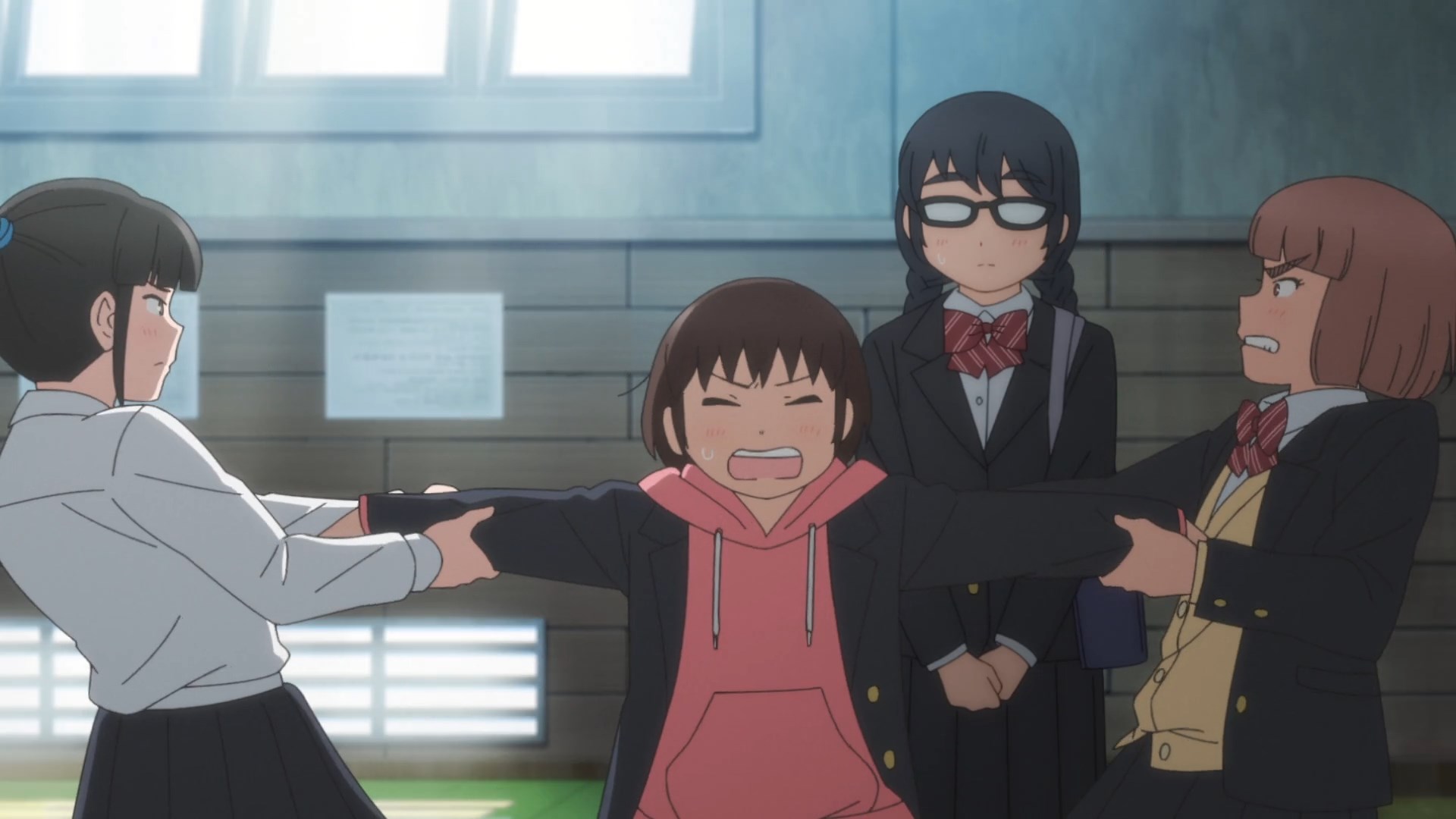With all the shows HBO cancelled without ever airing just for tax purposes, why couldn’t this be one of them?
I first learned about this show three months ago when Polygon previewed it and it sounded so horrible already:
The show introduces Velma in her high school years as a bespectacled loser. If two cockroaches copulating in the opening scene doesn’t establish Velma’s tone, the next scene should do the trick: nude teenage girls partaking in physical violence in the gym showers (all while debating the ethical appropriateness and exploitation of blatant nudity in media). Later, the corpse of a teenager is found in Velma’s locker, making her the prime suspect in the eyes of two cops (Wanda Sykes and Jane Lynch). Of course, she has to solve the mystery to clear her name. One problem: Velma hasn’t really solved a mystery in a while, not since her mystery novelist mother vanished from her life. And whenever Velma tries to solve a mystery, she gets harassed by ghastly zombielike spirits.
Taking a kids show and making it all adult by upping the blood, tits and rampant cynicism is the oldest and most boring trick in the book. Going for an origin show is also a bit, ehh, unnecessary. Scooby Doo of all things does not need an origin. Four kids and their dogs traveling America in their own groovy van, in search of the supernatural and only ever finding fakes trying to cheat the local town out of its cash reserves is a formula that just works. You don’t need to dress it up. In this context making the cast somewhat less sixties whitebread is good, but even this seems suspect when everything else in the show is so damn cynical and it’s leaning hard into rightwing memes for its ‘jokes’. But the worst insult is this:
Grandy addressed the brown-spotted Great Dane (not) in the room by explaining that the team thought hard about what it could do to distinguish Velma as an adult show. “What made Scooby-Doo a kid show is Scooby-Doo,” Grandy said. “We couldn’t have a take on it, like how can we do this in a fun and modern way. [Our efforts] coincided with Warner Bros. Animation saying we can’t use the dog!” For Grandy, the omission of the iconic Great Dane accentuates the adult tone of Velma — though who knows what will happen along the show’s serialized journey.
Yeah, that makes sense, to remove the most iconic and recognisable element of the original because it’s nOt AdUlT eNoUgH. It does feel like somebody came up with an idea for an orginal show and the Scooby Doo brand (ugh) was forced upon it.
Executive producer Mindy Kaling meanwhile is if not an outright transphobe herself, certainly a tad too sympathetic to them, so that’s another reason not to waste your time on this show.


